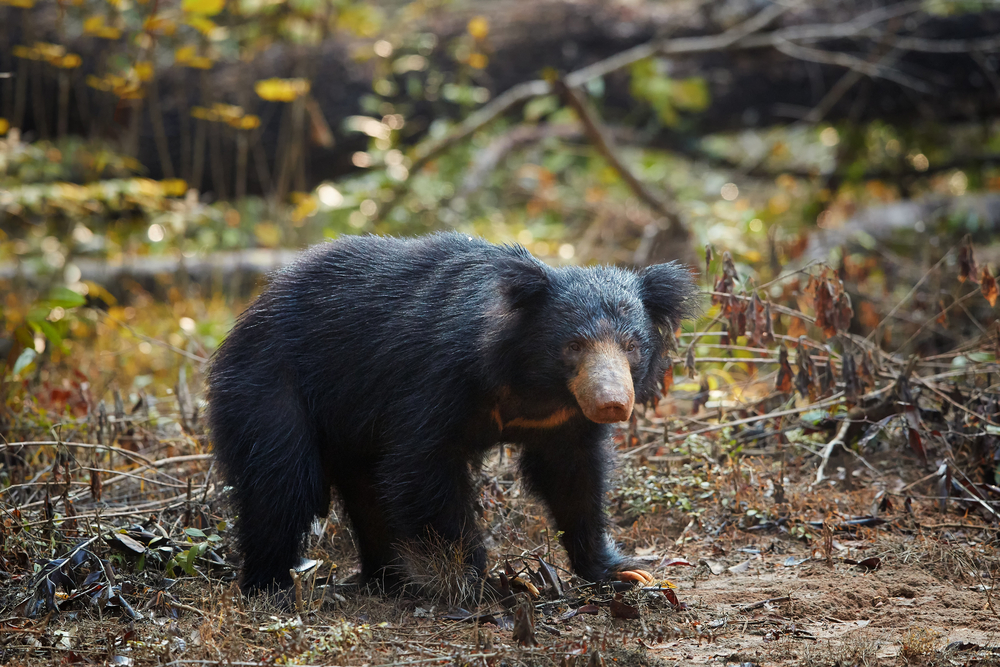Banke Overview
Banke National Park, known locally as “Banke Rastriya Nikunja,” is located in the mid-western region of Nepal, spanning the districts of Banke, Dang, and Salyan. Officially established in 2010, the park covers an area of 366 square miles (950 square kilometers), making it a vital component of Nepal’s protected areas and a crucial link in the larger Terai Arc Landscape. This relatively young national park was established to conserve the region’s rich biodiversity and to provide a vital habitat for several endangered species. It is bordered by the Kamdi Corridor, which connects it to Bardia National Park, further enhancing its ecological significance.
The park’s terrain is a mosaic of ecosystems that include dense sal forests, deciduous forests, grasslands, and riverine habitats. Banke’s varied landscapes are punctuated by gentle hills, meandering rivers, and fertile floodplains. The region’s subtropical monsoon climate creates a lush environment that supports a diverse array of flora. Sal (Shorea robusta) dominates the forest cover, interspersed with trees like silk cotton, acacia, and jamun. The grasslands, particularly those found near the riverbanks, are dotted with wild grasses and shrubs, offering ideal grazing grounds for herbivores.
Banke National Park is home to an impressive variety of wildlife, earning it the nickname “Gift to the Earth.” It is a critical refuge for the elusive and endangered Bengal tiger and serves as an important habitat for the one-horned rhinoceros, which has been reintroduced here in recent years. Other notable mammals include Asian elephants, sloth bears, leopards, and striped hyenas. The park is also a haven for smaller creatures such as otters and several deer species, including the swamp deer and barking deer. Birdwatchers are drawn to the park for its avian diversity, with over 300 species recorded, including the great hornbill, Sarus crane, and various species of eagles and vultures.
Popular features of Banke National Park include the Babai Valley, which offers breathtaking scenery and excellent opportunities for wildlife sightings. The park’s extensive network of rivers and streams, such as the Rapti and Babai Rivers, add to its allure and provide lifelines for its ecosystems. Visitors can explore the park through guided jeep safaris, nature walks, or canoeing trips along its waterways, each offering a unique perspective on its natural wonders.
Despite its beauty, Banke faces several conservation challenges, including human-wildlife conflict, habitat degradation, and illegal poaching. However, concerted efforts by the Nepalese government and conservation organizations have yielded significant successes, such as the effective use of anti-poaching patrols and community-based conservation programs. The park’s management actively involves local communities, emphasizing sustainable livelihoods and raising awareness about the importance of preserving its natural resources. These collaborative efforts have made Banke a symbol of hope for biodiversity conservation in Nepal.










































































